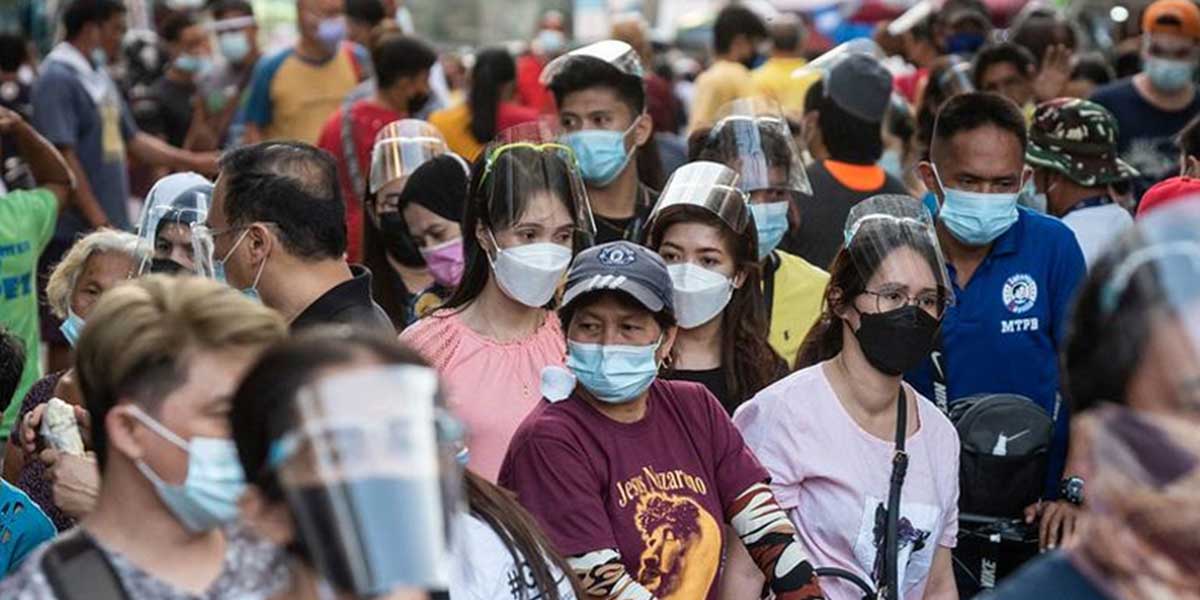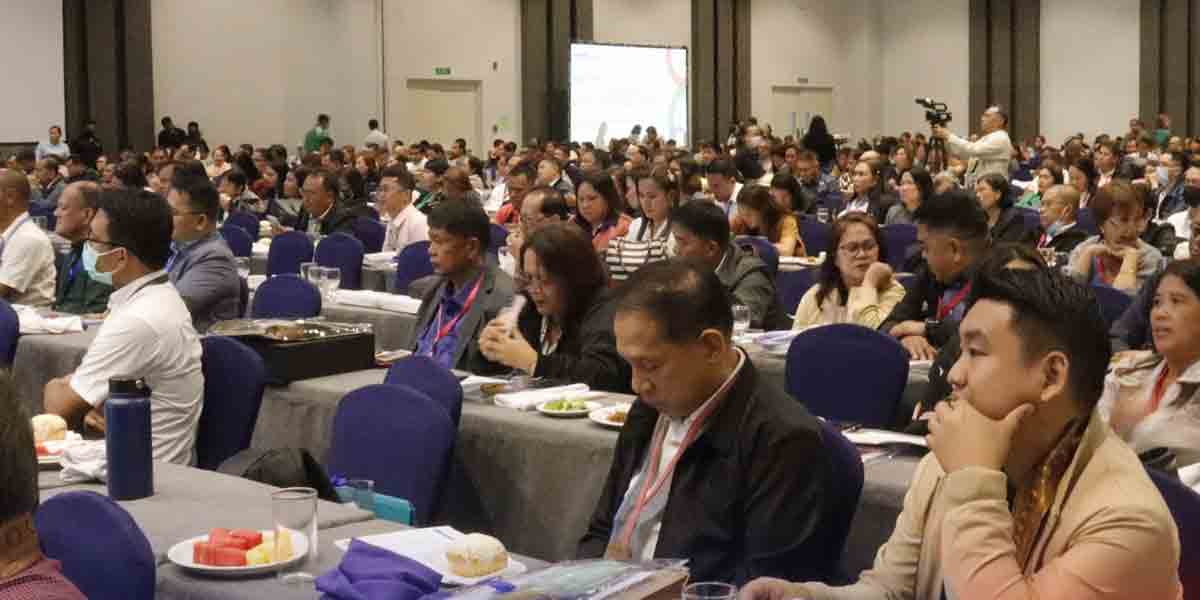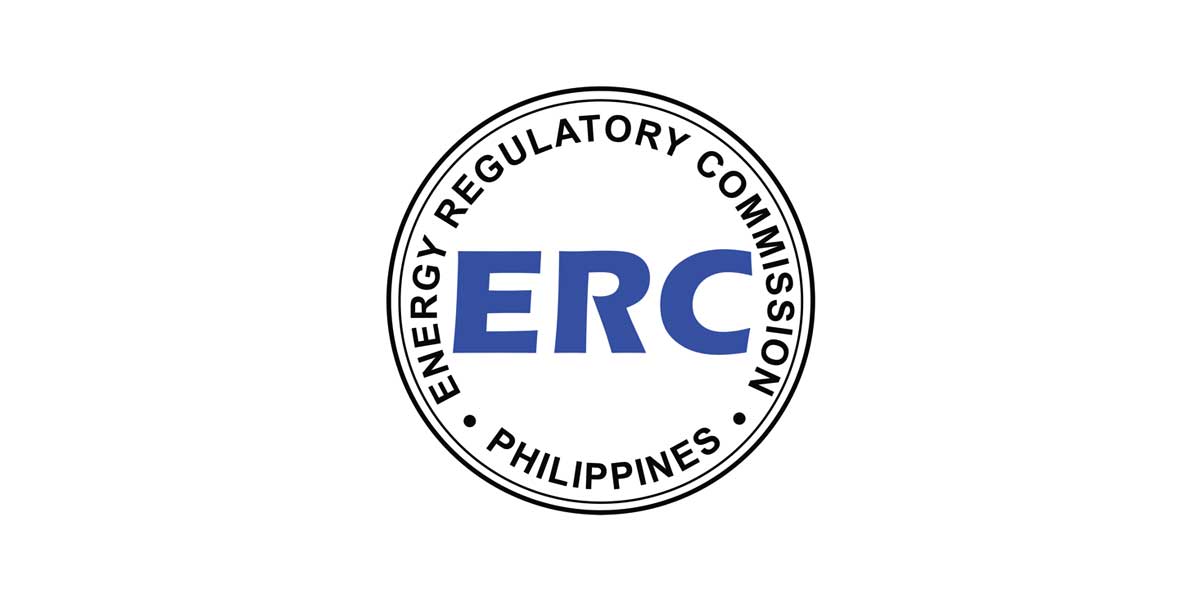
It would be “more challenging” for the Philippines to reduce poverty and return to its pre-pandemic growth path with the COVID-19 pandemic.
This was according to a recent study of state think tank Philippine Institute for Development Studies (PIDS) authored by poverty expert and former PIDS President Celia M. Reyes.
As stated in the 2017-2022 Philippine Development Plan, the Philippines aspires to become an upper-middle-income country (UMIC) by 2022. However, the country’s poverty reduction has lagged behind Malaysia, Thailand, Indonesia, Viet Nam, and Myanmar. The first two are UMICs, while the last three are lower-middle-income countries.
Reyes pointed out that the Philippines “has had a boom-bust cycle of growth—growing for a few years and then slowing down”.
She said that the country experienced the longest streak of sustained high growth from 2012 to 2019. However, the COVID-19 pandemic increased poverty incidence among families to 16 percent in 2020—up by 5.4 percentage points from 2019.
The author also identified other issues that affected the country’s poverty reduction efforts.
For one, the poor tend to have lower access to education, which is an important pathway out of poverty, according to Reyes. The lower-income groups have lower school attendance rates for all levels of education.
“The difference in the participation rate between the richest and the poorest deciles is 3.3 percentage points at the elementary level, 16 percentage points at the secondary level, and 25.8 percentage points at the tertiary level,” Reyes said.
Another problem is the targeting of the Pantawid Pamilyang Pilipino Program (4Ps) beneficiaries, which “suffers from leakage and exclusion”.
Reyes also said that the poor have lower access to social protection schemes, such as PhilHealth, with the poorest quintile having a 59-percent coverage compared to the 79-percent coverage for the highest quintile.
Filipinos are also vulnerable to shocks, such as natural disasters, man-made shocks, and health risks, pushing the poor and the not consistently poor to poverty.
To improve the country’s poverty reduction efforts, Reyes emphasized the importance of redistributive policies to ensure that the poor are given opportunities to benefit from economic growth.
Further, economic reforms should be promoted in agriculture, where majority of the poor are. Relatedly, the government should expand risk management tools for the agriculture sector to help farmers and fisherfolk cope with the effects of natural disasters. Reducing out-of-pocket expenses from illnesses, which disproportionately hurt the poor, is also essential.
There is also a need to “improve the design, targeting, and implementation of social protection programs”. Reyes called on the government to “ensure interoperability of different databases using the Philippine Identification System and promote the use of digital platforms for social service delivery”.
Finally, differentiated programs for the chronic and transient poor should also be considered to better address their needs. The government should first generate data on chronic and transient poverty to make this happen. According to Reyes, this can be done with the help of agencies, such as the Philippine Statistics Authority, and research institutions.
This story was based on the PIDS discussion paper titled “Eradicating Poverty in the Philippines by 2030: An Elusive Goal?”.




















